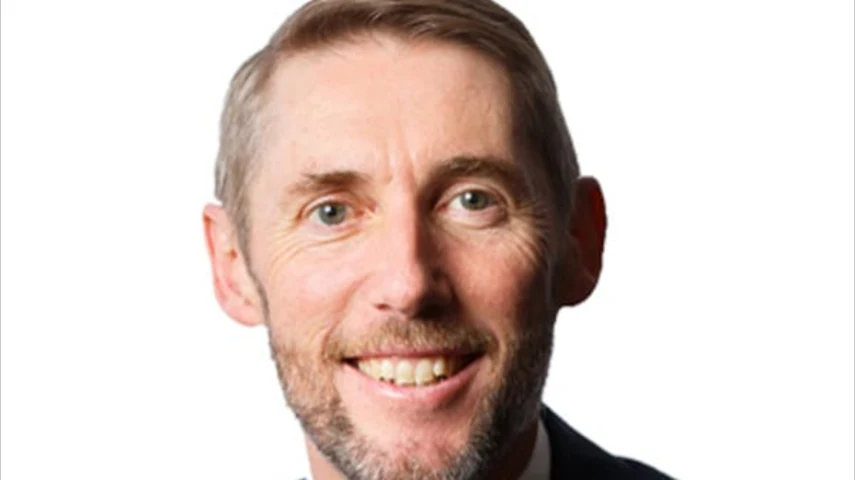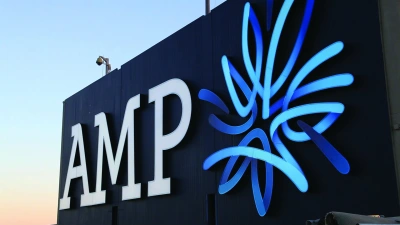'No shortage of opportunities' amid volatility, says fund



As institutional investors grapple with shifting sentiment towards US equities and fresh uncertainty surrounding tariffs, Australia’s Aware Super is sticking to a disciplined, diversified playbook.
Speaking at an exclusive media briefing on Wednesday, chief investment officer Damian Graham said the fund’s slight underweight to both US equities and major technology stocks was established well before the current bout of volatility, driven by bottom-up analysis and active manager insight.
“Look, it really was more of a bottom-up process,” Graham said.
“We do utilise a combination of passive and active manages, we do also have a relative amount of the global equities through our internal systematic team, so we’ve got quite a significant allocation through our internal team and the combination of those approaches … gave us a slight underweight to the US and a slight underweight to tech.”
While some funds have reacted swiftly to rising geopolitical and macroeconomic risks, Graham emphasised Aware’s careful approach, noting that these events, while “uncomfortable”, aren’t “unusual”, adding that global dislocations remain difficult to map.
“There’s lots of different potential outcomes,” he said. “The size and the breadth of tariffs and where they land, I still think it’s very uncertain.”
The super fund, which manages retirement savings for approximately 1.2 million Australians, has made diversification a cornerstone of its investment philosophy.
The fund maintains its hefty investment in alternatives – with around 25–30 per cent of total assets now in unlisted infrastructure, property, private equity and private credit – a position built up steadily over the past decade.
Graham views the allocation as mature and unlikely to expand much further, citing liquidity requirements inherent in Australia’s defined contribution system.
“We do stress-testing around liquidity to make sure we can pay our bills, pay members when they want to switch,” he said. “Through the dynamic of falling liquid markets, the unlisted assets tend to become a slightly higher allocation in your fund in the very short term, and then obviously you rebalance.”
Reflecting on the current investment environment, Graham flagged that the fund remains prepared to deploy capital in the event of meaningful market dislocations, but only when opportunities meet strict valuation criteria.
“We are always thinking about the opportunity set,” he said.
“When we see what we think could be more material dislocations, you are thinking how do we make sure you are liquid as a fund to ensure you can take opportunities. That’s a heavy activity we always go through.”
He pointed to the early stages of the COVID-19 crisis as a key example, where the fund identified billions in deployable capital and moved decisively to seize opportunities.
While a similar framework remains in place, Graham noted there has not yet been significant dislocation in illiquid markets to justify large-scale investment activity.
“Then we try to obviously make sure we’re not overpaying for those opportunities because you tend to get a bit of a gap between buyer appetite and seller price expectations. And so we try to make sure where we’re spending illiquidity budget, we’re being fairly rewarded given the uncertainties of the near term,” he said.
“That’s a process we’ve been through a number of times … We’ll go through that again.”
Looking ahead, the fund – which opened a London office nearly two years ago to source more investments across the UK, Europe and the US – will continue acquiring local assets while expanding its international footprint.
“We think the ASX will keep developing and growing. We think there’s lots of private assets here that would be good investments for the fund. But I think incrementally, we’ll see a little bit more overseas,” Graham said.
Currently, the fund maintains a roughly 50–50 split between global and domestic equity exposure.
“It might get towards 60–40, it might get 55–45. It’s sort of in that spectrum, but we do think there’s lots of good opportunities in Australia to continue to focus on as well,” Graham said, adding that domestic opportunities include private credit, direct lending, infrastructure and digital infrastructure.
“There is no shortage of opportunities,” he said.
To date, Aware Super’s investment options have held up well, with its conservative balanced strategy remaining “basically flat” year-to-date, while the high-growth option has seen a modest decline of around 2.5 per cent.
“These aren’t big numbers in the scheme of things and obviously that’s coming off a year where they’ve had very strong returns,” Graham said.
Recommended for you
Market volatility continued to weigh on fund returns last month, with persistent uncertainty making it difficult to pinpoint how returns will fare in April.
The Association of Superannuation Funds of Australia (ASFA) has called for the incoming government to prioritise “certainty and stability” when it comes to super policy.
AMP has delivered a stronger first quarter in FY25, underpinned by continued positive net inflows into its flagship North platform and improving outflows in its superannuation business.
Rather than retreating in the face of rising volatility and geopolitical uncertainty, superannuation funds are tactically positioning themselves to capitalise on equity market weakness, prioritising liquidity and flexibility to make strategic buys.












